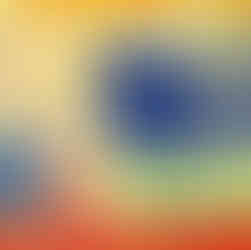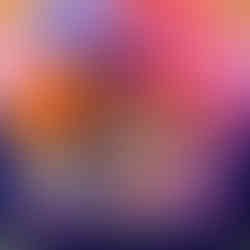
Artist 155 Maja Maljević Abstract Painting
Maja Maljević (Born 1973) is a Serbian born artist who specializes in abstract painting.
The life of an abstract painter draws on inspiration from many avenues which all contribute to the artworks she paints, painting being a procedure involving the ‘excavation of memory and taste’.
However, although she works intuitively, her concerns are predominantly formal. Her interest, for instance, in the relationship between two shapes within a composition is informed primarily by an interest in the shapes themselves rather than symbolic or an emotional state.

Maljević’s particular style, in which she has been training herself since then, begins with the “dirtying” of the canvas with a layer of bright paint that breaks the baldness of the white surface and opens up the space for Maljević’s intuitive jigsaw endeavour.
Onto this ground, Maljević builds up surfaces with drips, blocks, bands and waves of colour, searching for harmony between colour and form, line and shape, expansive surface and small detail.
For Maljević, physical movement is an important part of the process. Through her own version of gestural abstraction, Maljević prevents the composition from becoming staid and self-indulgent, as she has put it, and allows action and conflict to occur between the different elements with which she is engaged.
Sometimes Maljević incorporates fragments of the world as it is happening, without dictating their significance to the viewer.

Maljević writes: ‘I enjoy a visual ensemble that includes the figurative and the abstract, the organic and geometric, the obvious and the elusive. Put them all together and you get an eclectic remix where any one thing can be something else. A portrait can rise out of a still life, a still life can descend into a landscape, a finger is a toe and two legs, slightly parted, might be a whisper. To capture and describe my creative process is like putting music into words – something essential gets lost in translation. How can you record the emotional volume present in the art of listening?’”
Sources Consulted: http://davidkrutprojects.com/34463/maja-maljevic-biography













Comments